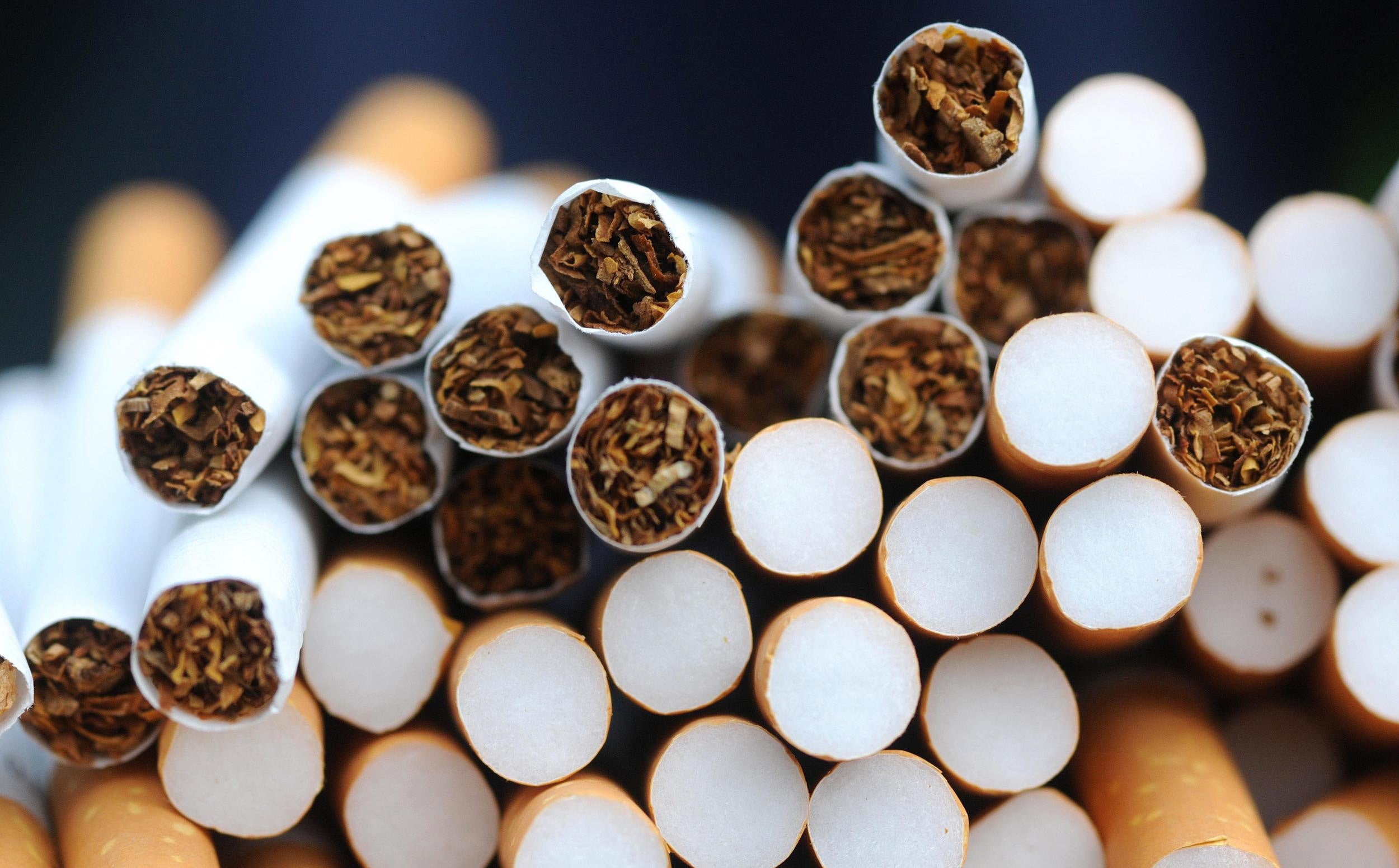[ad_1]
Determining why a Boeing Co. passenger jet flown by China Eastern Airlines Corp. plummeted to the ground from 29,000 feet (8,840 meters) is a thorny task in itself. Now, politics risks complicating the investigation and amplifying the fallout.
With relations between Washington and Beijing at their lowest ebb in years, the probe into China’s worst aviation disaster in more than a decade — the crash of a U.S.-made plane run by a Chinese, state-owned airline — has turned the two archrivals into reluctant bedfellows.
Both sides stand to lose if the investigation becomes politicized, ensnared in a wider fight for dominance between the two superpowers that’s touched everything from trade and the origins of the coronavirus to the war in Ukraine.
A transparent inquiry into the March 21 crash would bolster China’s ambition to be a leader in global aviation as a regulator, and eventually a planemaker on par with Boeing and Airbus SE.
“How they’re perceived around the globe is at stake,” said George Ferguson, a defense and aerospace analyst with Bloomberg Intelligence.
A prolonged investigation would be damaging for Boeing, leaving the U.S. manufacturer sidelined in its largest overseas market, where it’s working to resume deliveries of the 737 Max jet after a three-year halt. A shortage of narrow-body jets could crimp China’s airlines once COVID-19 recedes, especially if Boeing were to reassign their Max delivery slots to other customers.
Airlines around the world are watching the proceedings closely. That’s because the model involved in the fatal accident, Boeing’s 737-800, is one of the most widely flown aircraft on the planet. The Chicago-based planemaker delivered more than 5,100 of the type over two decades before wrapping up production of the passenger version in 2019.
Under a United Nations treaty, the country where a crash occurs leads the investigation into what happened, and representatives from nations in which the plane and its components were built have a right to participate. The U.S. National Transportation Safety Board has already nominated its investigator, along with a technical team from the Federal Aviation Administration, Boeing and the maker of the destroyed jet’s engines, Ohio-based CFM International.
Puzzling crash
The China Eastern aircraft, a 737-800 model, slammed into a hillside in southern China on Monday. No survivors among the 132 passengers and crew have been found. From a steady cruise, the plane suddenly tipped into a nosedive, flight-tracking data show. After briefly leveling out, it speared into the ground.
The unusual nature of the crash will make transparency in the investigation all the more key, with some commentators already speculating about what may have gone wrong. The lack of an obvious answer has put the focus on the aircraft’s black boxes as a source of possible clues. Searchers at the crash site found the cockpit voice recorder on Wednesday, and it has been sent to Beijing for analysis. They’re still searching for the flight data recorder.

But it didn’t take long for mistrust between the two sides to flare. Shortly after the crash, Assistant Foreign Minister Hua Chunying accused U.S. Secretary of State Antony Blinken of “spreading lies about ‘genocide’” when China was dealing with the immediate tragedy. “How callous!” she said on Twitter, in apparent reference to a speech Blinken gave in which he listed China and Russia among the countries selling weapons to aid Myanmar’s crackdown on the Rohingya minority group.
U.S. frustration was already mounting over China’s reluctance to put pressure on Russia over its invasion of Ukraine.
In a worst-case scenario, U.S. participants in the China Eastern probe could be excluded from key elements of the investigation, such as full access to data and audio from the black boxes. The probe has, in part, become a test of China’s commitment to aviation safety, an area it’s improved significantly on over the past two decades.
“It’s in China’s interests to identify the cause of the crash,” said Bonnie Glaser, director of the Asia program at the German Marshall Fund of the United States. “There is no doubt that including Boeing representatives will aid in doing so.”
So far, China seems to be following the same playbook for crash investigations as agencies in the U.S. and Europe have. Officials have held daily media conferences and made public key developments like the recovery of the jet’s cockpit recorder. They’ve also reached out to family members and there’s even a livestream video of the salvage effort, showing firefighters and workers walking through the mud, picking out pieces of wreckage.
Authorities have also ordered a safety review encompassing much of the country’s aviation industry, while China Eastern has said it’s carrying out its own comprehensive investigation. State media also released a recording of air traffic control and pilots in other planes trying to contact the China Eastern crew.
Still, China’s desire to maintain international stature — and an overriding focus on preserving social stability inside the country — risks undermining a probe conducted alongside its chief global rival, particularly if it exposes unpalatable actions by a Chinese pilot or malpractice by the state-run airline.
Just over a year ago, China was accused of stonewalling on demands from the U.S. and some of its allies for an investigation into the origins of the coronavirus. Overseas experts were eventually allowed into the country as part of a World Health Organization mission, but they were denied meaningful access in the original epicenter of Wuhan, raising questions about the outcomes of the probe.
U.S. crash investigators haven’t yet traveled to China as a result of Beijing’s COVID-19 restrictions, but are participating in the probe, the NTSB said in a statement Wednesday. So far, there have been no indications the U.S. will be excluded, said two people familiar with the matter who asked not to be identified discussing the sensitive issue. While the contents of the first black box are already being analyzed and the crash site pored over, it’s not unusual for outside teams to arrive at foreign accident scenes days later.
Boeing’s role
Boeing has “been in close communication with our customer and regulatory authorities since the accident, and have offered the full support of our technical experts to the investigation led by the Civil Aviation Administration of China,” Dave Calhoun, the company’s chief executive officer, told employees March 21. Though travel to the country is “limited by visa and Covid quarantine requirements,” the NTSB said Wednesday, “we are working with the Department of State to address those issues with the Chinese government before any travel will be determined.”
Asked on Thursday about inviting U.S. representatives to join the crash investigation, Chinese Foreign Ministry spokesman Wang Wenbin said the government was in “close contact” with relevant parties.

“China will continue to follow the convention on international civil aviation and its protocols and the relevant laws in China,” Wang said.
National pride and political tension have created hurdles for some past investigations, but countries rarely disagree on the causes of an accident. After an Ethiopian Airlines 737 Max crashed in 2019, Ethiopia balked at sending the plane’s recorders to the U.S., but soon agreed to let France download data from the devices.
A rare exception occurred after the 1997 crash of a Silkair 737 in Indonesia. The country’s National Transportation Safety Committee released a report in 2000 concluding there wasn’t enough evidence to say what caused it. But in an unusual move, the NTSB issued a dissenting report saying the pilot had most likely committed murder-suicide.
Plane crash investigations usually land on one of four broad outcomes: pilots and crew were to blame, there were maintenance errors that caused the crash, the plane or its systems were faulty, or there were significant external factors, such as bad weather.
‘Strictly maintained’
Officials in China already appear to be trying to downplay the first two possibilities, emphasizing the qualifications, experience and health of the doomed jet’s pilots, limiting avenues for apportioning blame locally. Sun Shiying, head of China Eastern’s Yunnan subsidiary in the province where the plane took off, said the aircraft was strictly maintained, and met all maintenance standards and airworthiness requirements before it departed for the last time. As for the weather, it was clear on the day of the crash.
China has long held ambitions to play a greater global role in the future of aviation, and establish the CAAC as a world-class regulator. It was the first country to ground the 737 Max after its second fatal crash in six months, attributed in part to a faulty system in the plane. China is also seeking some degree of self-sufficiency and international influence through national planemaker Commercial Aircraft Corp. of China Ltd., known as Comac.
“If they’re going to be a world player in aviation,” Ferguson of Bloomberg Intelligence said of China’s crash investigation, “they’ve got to show the same timeliness, the same thoroughness, the same specificity.”
In a time of both misinformation and too much information, quality journalism is more crucial than ever.
By subscribing, you can help us get the story right.
SUBSCRIBE NOW
[ad_2]
Source link






















